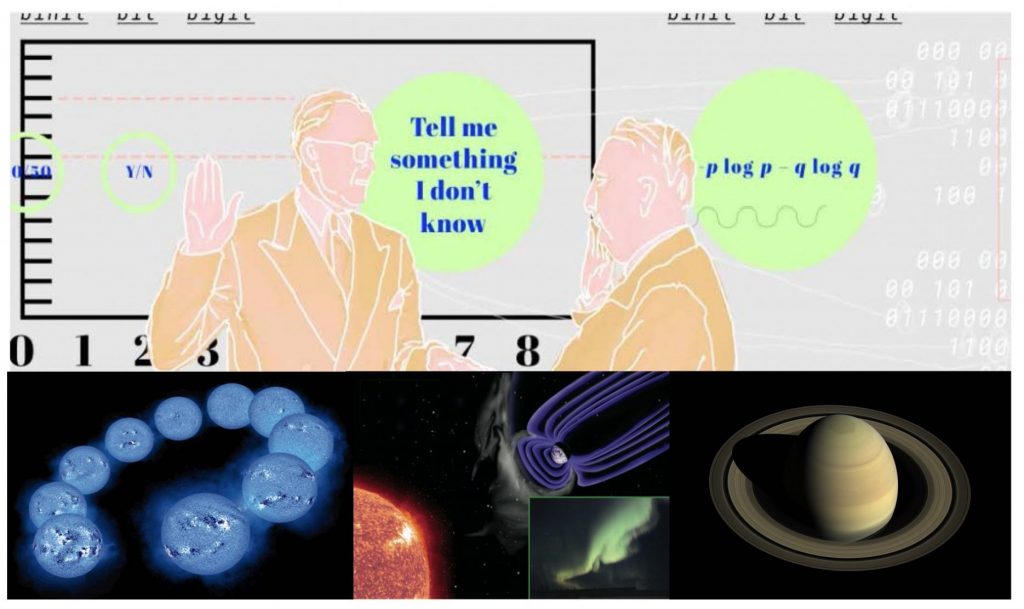Bio
“Solving Nonlinear Ambiguous Multivariate Input-Output (Causal-Effect) Problems with Information Theory”

After completing his undergraduate study at the University of Arizona, Simon Wing obtained his MS from The Johns Hopkins University, and his PhD from TU Eindhoven, the Netherlands. He is presently a Principal Professional Staff Physicist at The Johns Hopkins University Applied Physics Laboratory and a Research Professor at Andrews University. He was an adjunct associate professor at the University of Maryland University College 2006-2018. His research interests include modeling the open field line particle precipitation; modeling the magnetotail pressure, density, and temperature; geosynchronous environment; solar windmagnetosphere interaction; space weather; and solar and stellar cycles. NOAA and the Air Force adapted his Kp forecast models.
He has published over 100 papers and has given over 300 presentations at national/international scientific meetings, including over 40 invited talks and a keynote speech.
 Click here to view webcast.
Click here to view webcast.
Abstract
“Solving Nonlinear Ambiguous Multivariate Input-Output (Causal-Effect) Problems with Information Theory”

Many physical and biological systems are nonlinear. These systems can be characterized as input-output or causal-effect problems in which multiple input variables can be linearly and nonlinearly causally related to multiple output variables. Moreover, the input variables can be linearly and nonlinearly correlated with one another, which may lead to ambiguities as to which variables are really the main drivers of the system. Isolating the effect of an individual input variable or driver can be challenging. Likewise, identifying the response to a particular input variable can be nontrivial in such system. Information theory can help untangle the drivers, describe the underlying dynamics and response, and offer constraints to modelers and theorists, leading to better understanding of the system. To illustrate the methodology, a few examples are presented: (1) identifying causalities in the solar dynamo problem; (2) untangling the drivers of the solar wind–radiation belt system; and (3) identifying the source of the periodic radio wave emissions at Saturn. Implications to other stellar systems and exoplanets are discussed.
 Click here to view webcast.
Click here to view webcast.